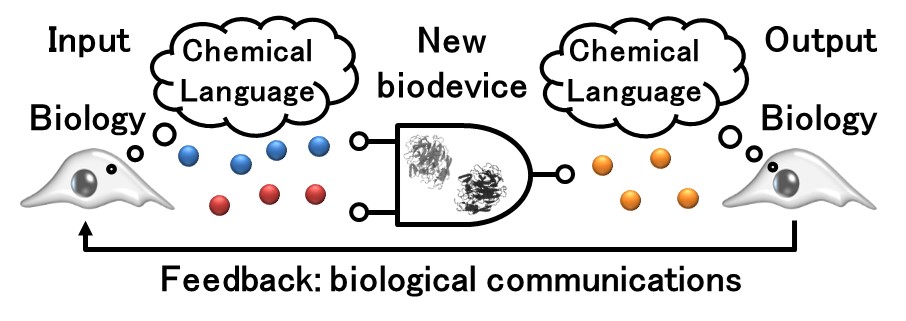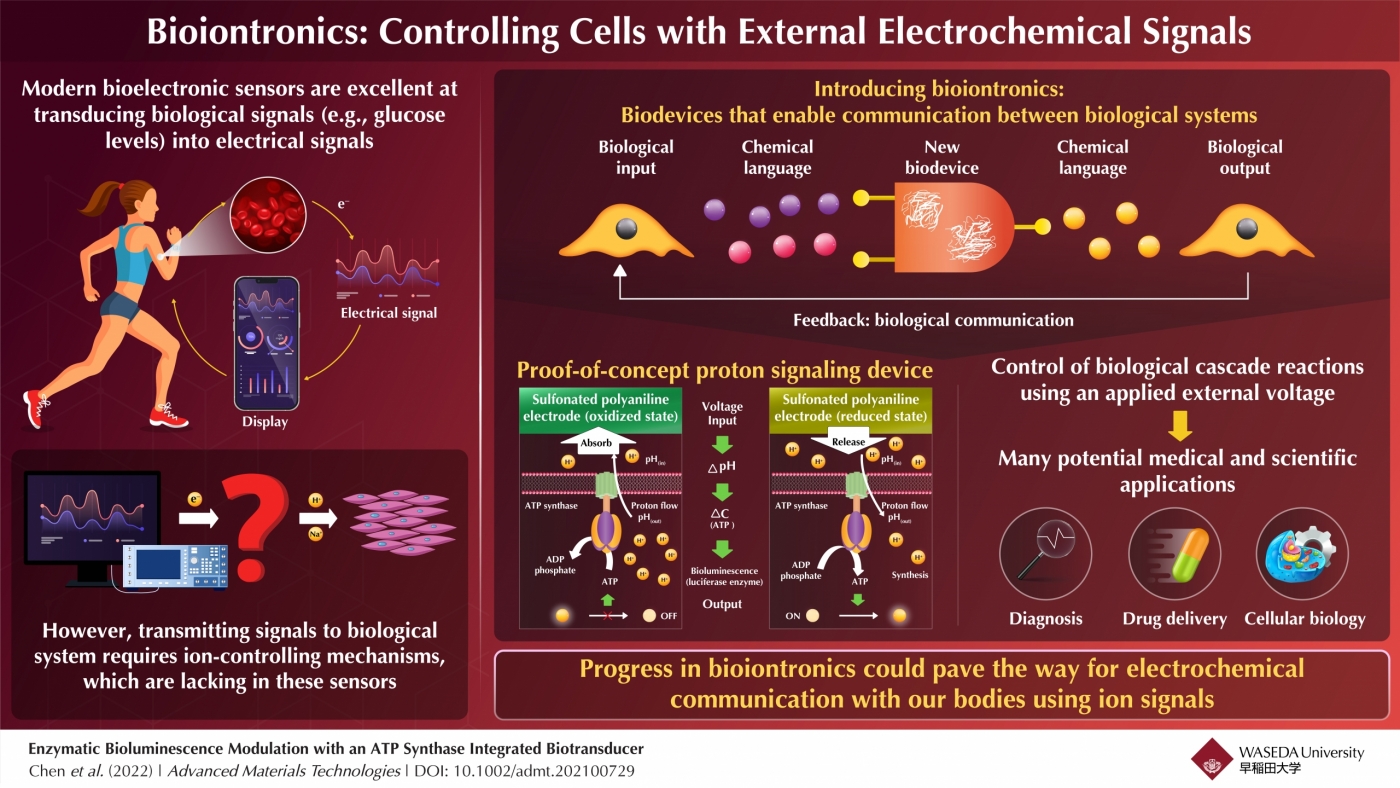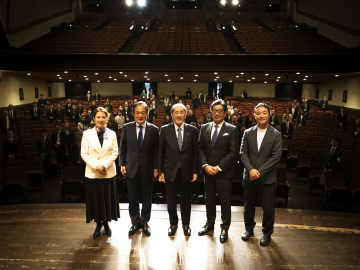Controlling Biological Cells Electrochemically with Bioiontronics
Thanks to the progress in the field of chemistry, electronics, and materials engineering, we can now easily measure several types of bodily signals using biosensors. However, while such devices are excellent at reading out biological signals, they cannot transmit signals back to biological systems. This is because most cellular processes and communications rely on the transfer of ions through the cell membrane, which is harder to manipulate.
Fortunately, a research team from Waseda University has now overcome this limitation. In their most recent study led by Professor Takeo Miyake, the team developed a bioiontronic device that allows one to transduce an electrical signal to control the flow of H+ ions through the cell membrane. Through this, they aim to open doors to an emerging field they call “bioiontronics,” a combination of “bioelectronics” and “ionics.”
In their work, the researchers first covered gold microelectrodes with sulfonated polyaniline (SPA), a material that, depending on the applied voltage, can either absorb or release protons (H+) to its surroundings. Next, the team placed a bilipid layer containing ATP synthase over the SPA electrodes, simulating an interface between the biodevice and a biological system.
This setup enabled the researchers to both sense and manipulate the flow of H+ (and, in turn, the pH, which depends on the H+ concentration) through the ion channel in the ATP synthase proteins, thereby dictating the synthesis or hydrolysis of ATP. Moreover, by introducing an ATP-dependent bioluminescent enzyme called luciferase, they proved that the proposed scheme can be used to trigger an enzymatic cascade reaction.
Overall, this proof-of-concept device is a decisive step towards future developments in bioiontronics and opens up new avenues to communicate with our bodies electrochemically. In the upcoming years, this field may not only find applications related to drug delivery and diagnosis but also provide new tools to study cellular biology and diseases more easily.
Link to the original journal article:
https://onlinelibrary.wiley.com/doi/ftr/10.1002/admt.202100729
About the author
Professor Takeo Miyake obtained his M.S. and Ph.D. degrees in Nanoscience and Nanoengineering from Waseda University in 2006 and 2008, respectively. He currently serves there as a Professor at the Graduate School of Information, Production, and Systems. He has published over 40 research articles on bioelectronics, bioiontronics, wearable devices, and similar topics, and has received recognitions and awards from the Minister of Education, Culture, Sports, Science and Technology, the Royal Society of Chemistry, and the Japan Society of Applied Physics, among others. His work focuses on creating safe and soft interfaces between wearable devices and humans as well as electronic–ionic interfaces to enable new forms of communication with and control of biological systems.

Title: Iontronic biodevices for the electrochemical modulation of the biology of living organisms. Caption: In a breakthrough study, Waseda University researchers develop a novel ionic biotransducer that can transmit chemical signals (protons) to biological systems to control the functioning of mitochondria, enzymes, and cells.









